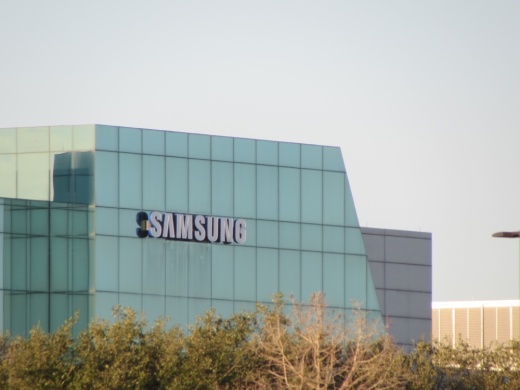The discharge of 763,000 gallons of diluted low-pH wastewater was discovered during unrelated construction activities and was reportedly due to a leak in a sump—a reservoir that collects liquids—that allowed the acidic wastewater to flow into an on-site stormwater pond and an off-site tributary of Harris Branch Creek, according to an email from TCEQ media relations specialist Gary Rasp.
In the memo, WPD staff said they found remains of dead aquatic species and virtually no surviving aquatic life—such as fish and macro invertebrates—within the unnamed tributary, which runs from Samsung’s property to Harris Branch Creek near Harris Branch Parkway.
“This indicates the discharge had a significant short-term impact on the aquatic community and the ecology of the tributary. It is too early to know what the long-term impacts might be,” the memo reads.
Additionally, low pH and orange discoloration were observed in the tributary, according to the TCEQ. However, the WPD memo said there was no measurable effect on the water chemistry or evidence of iron staining in the main part of Harris Branch Creek.
WPD officials said in the memo they are documenting impacts to surface water and passing on information to the TCEQ, the lead investigators for this incident. The TCEQ was first alerted to the acidic wastewater discharge by Samsung on Jan. 14.
Since its discovery, the discharge has stopped; needed repairs were made; and additional action was taken to stop discharge from the on-site pond, according to the TCEQ.
To correct the pH level, Samsung applied sodium bicarbonate, otherwise known as baking soda, through Jan. 24, and sample results show pH levels have returned to normal ranges, Rasp said in an email.
Additionally, the TCEQ said Samsung initiated a lime treatment for the low-pH water in the on-site storm pond, which will be routed to Samsung’s industrial waste treatment unit and discharged to the city of Austin’s wastewater system once pH levels return to neutral.
“The TCEQ Austin Region, as well as city of Austin Watershed Protection staff, have been on-site to evaluate the discharge and on-going treatment actions,” Rasp said in an email. “The TCEQ Austin Region has initiated an investigation and will continue to work with facility representatives until all corrective actions are complete. Since the initial notification, Samsung has provided daily status updates to the TCEQ Austin Region and the city of Austin and will continue to do so until all corrective actions are complete.”
This story will be updated as additional information becomes available.





